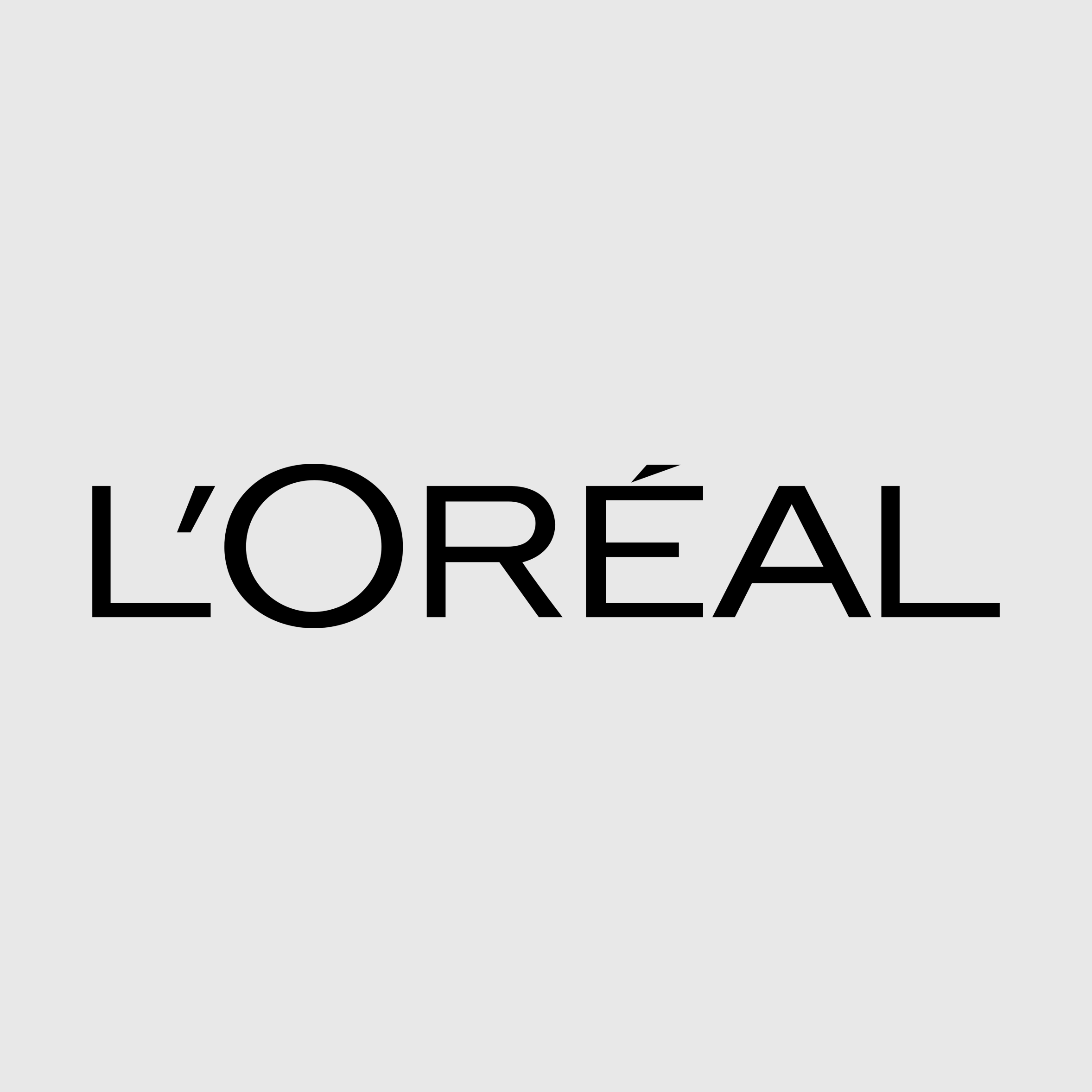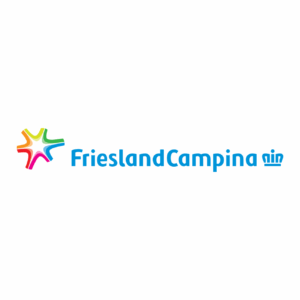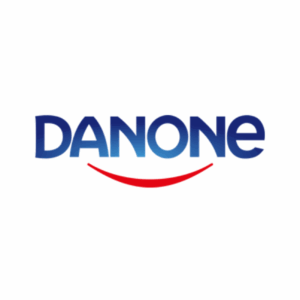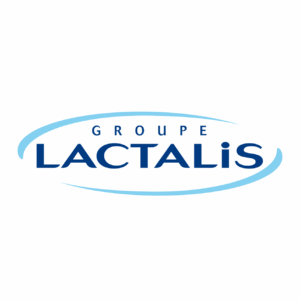Introduction to L’Oréal
L’Oréal, a leading global beauty company, has been at the forefront of sustainability initiatives within the cosmetics industry.
With a commitment to innovation and responsibility, L’Oréal has implemented a range of sustainability efforts aimed at reducing its environmental footprint, promoting ethical sourcing practices, and empowering communities.
From sustainable sourcing of raw materials to ambitious carbon reduction targets, L’Oréal’s dedication to sustainability underscores its mission to create beauty products that not only enhance lives but also contribute to a healthier planet
Because you are worth it
Criteria
Carbon Footprint, High
- Level 1 – Produced by the Company: L’Oreal has implemented measures to reduce carbon emissions produced directly by the company through its vehicles and installations.The company has set ambitious targets to minimize its operational carbon footprint, showcasing a commitment to sustainability in its own
- Level 2 – Indirectly Generated: L’Oreal focuses on addressing indirect emissions generated through electricity, steam, heating, and cooling in its operations. By targeting these sources of emissions, L’Oreal demonstrates a holistic approach to reducing its overall carbon footprint and environmental
- Level 3 – Generated by Suppliers: L’Oreal recognizes the importance of addressing emissions generated by suppliers of goods and services, including transport, distribution, and end-of-life treatment of products sold and waste. The company collaborates with suppliers to ensure sustainable practices throughout the supply chain, aiming to reduce emissions associated with its products beyond its direct
Ecological Impact, High
L’Oreal and its brands have made significant efforts to minimize their ecological impact on the planet’s systems:
Biodegradable Waste Materials: L’Oreal has focused on improving the biodegradability of its product formulas, aiming for 95% formula biodegradability by 2030. The company is actively working to reduce non-biodegradable ingredients in its products and enhance the overall biodegradability of its formulations.
Dyeing and Laundering Fabrics without Releasing Toxic Substances: L’Oreal Paris explores new scientific advancements to develop safe and effective formulas that are more respectful of the environment and biodiversity, using less water and sustainable ingredients.
The brand’s Product Development and Packaging teams design smaller or lighter packaging, integrating more recycled materials to reduce environmental impact.
Energy Consumption, High
Analyzing L’Oreal’s energy consumption practices and initiatives reveals a strong commitment to reducing energy usage and transitioning to clean energy sources:
Electricity Consumption Reduction Plans: L’Oreal has implemented various energy-saving projects across its facilities to improve energy efficiency and reduce electricity consumption. Initiatives include improving thermal insulation, installing energy-efficient lighting, and implementing heat recovery systems.
The company’s focus on enhancing energy efficiency in structures and utilities has led to significant reductions in energy consumption, with the Yichang plant in China reducing its energy consumption by 42% since 2005 through green-tech solutions.
Purchase of Clean Energy: L’Oreal has signed agreements with power producer EDF to provide renewable energy from solar parks in France, covering 25% of the company’s electricity consumption in the country. By sourcing renewable energy from solar parks, L’Oreal demonstrates a commitment to reducing its carbon footprint and transitioning towards cleaner energy sources to power its operations.
Overall Energy Transition: L’Oreal’s Climate Transition Plan outlines the company’s efforts to decarbonize its entire GHG emission footprint, aiming to reduce emissions by 90% by 2050 and achieve net-zero emissions by compensating for any residual emissions at that date. The company’s decarbonization plan covers actions across its value chain, focusing on reducing emissions from scopes 1, 2, and 3, aligning with global sustainability goals and Science Based Targets initiative guidelines.
Freight Density, High
Efficiency in Transport: L’Oreal has implemented measures to optimize delivery scheduling and improve efficiency in transport logistics, as evidenced by a case study conducted at the factory outlet store of L’Oreal. The company’s emphasis on optimizing transport equipment usage and addressing challenges related to transportation efficiency reflects a commitment to streamlining its supply chain operations.
Supply Chain Performance: L’Oreal recognizes the importance of measuring supply chain performance to assess the effectiveness of improvements and initiatives. This includes evaluating key performance indicators related to transport, information technology, inventory, and resources. By focusing on supply chain performance metrics, L’Oreal aims to enhance operational efficiency, reduce waste, and improve overall sustainability in its transportation practices.
Outlet Supply Chain Analysis: A detailed analysis of the L’Oreal outlet supply chain highlights the company’s efforts to optimize processes and enhance efficiency within its retail operations. The consideration of factors like transport, inventory placement, and replenishment processes underscores L’Oreal’s commitment to improving freight density and reducing inefficiencies in its supply chain operations.
Recycling Rates, High
Circular Economy Initiatives: L’Oreal has embraced circular economy practices by focusing on reducing, reusing, and recycling materials in its products and operations. This includes initiatives like upgrading packaging to enhance recyclability, using full plastic pumps to eliminate metal springs, and implementing circular packaging programs with partners like Alibaba Group.
Plastic Waste Coalition of Action: L’Oreal’s active involvement in the Consumer Goods Forum’s Plastic Waste Coalition of Action, led by Alexis Perakis-Valat, emphasizes the company’s commitment to accelerating the shift from a linear to a circular economy on plastics. This coalition focuses on packaging design guidelines, Extended Producer Responsibility (EPR), advanced recycling, and strategic partnerships to drive change in plastic waste management.
Water Recycling: L’Oreal’s dedication to water conservation is evident through its focus on recycling and reusing treated industrial wastewater in cosmetics operations. With over 50% of its factories equipped with on-site wastewater treatment plants, the company limits its environmental impact by recycling water for various processes within its operations.
Saving Levels, High
Reduction in Carbon Emissions: Between 2013 and 2016, L’Oreal achieved a remarkable 67% reduction in carbon emissions while increasing production by 26%. This demonstrates the company’s ability to grow while simultaneously reducing its environmental impact.
Energy Efficiency and Renewable Energy: By 2025, L’Oreal aims for all its sites to achieve carbon neutrality through improved energy efficiency and the use of 100% renewable energy. This commitment underscores the company’s focus on transitioning towards sustainable energy sources.
Continuous Improvement: L’Oreal’s sustainability journey involves ongoing improvements and setting new, stronger ambitions for the future. The “L’Oréal for the Future” program, launched in 2020, outlines transformative goals for 2030, emphasizing respect for planetary boundaries and contributing to solving global challenges.
Overall, L’Oreal’s track record of reducing carbon emissions, improving energy efficiency, and setting ambitious sustainability goals demonstrates a proactive stance towards environmental responsibility and continuous progress in enhancing sustainability practices within its operations.
Specific Product Monitoring, High
Environmental Impact Monitoring: L’Oreal has implemented tools like SPOT, which measures a product’s environmental impact throughout its entire life cycle. This tool enables the company to assess the footprint of each brand’s products, allowing for transparent sharing of information with consumers regarding the environmental and social impact of their purchases.
Continuous Improvement: The company’s commitment to using indicators to measure its true sustainability impact reflects a dedication to ongoing improvement and transparency in reporting. This data not only informs consumers about the environmental footprint of products but also serves as a catalyst for L’Oreal to enhance its sustainability practices over time.
Future Sustainability Goals: L’Oreal’s ambitious targets for 2030 include reducing greenhouse gas emissions resulting from product use, decreasing emissions linked to product transport, ensuring living wages for strategic suppliers’ employees, empowering disadvantaged communities through employment opportunities, and implementing ecodesign across all products. By setting specific goals related to product sustainability, supply chain responsibility, and social engagement programs, L’Oreal showcases a holistic approach towards monitoring and improving the environmental and social impact of its products while contributing to global challenges like climate change and biodiversity conservation.
Supply Chain Waste, High
Circular Economy Initiatives: L’Oreal has embraced the principles of the circular economy by focusing on reducing, replacing, reusing, and recycling materials throughout its value chain. The company aims to transform waste into new resources and has set ambitious targets to increase the use of biobased ingredients in formulas and packaging materials, as well as to intensify efforts in recycling and waste reduction by specific percentages over time.
Retail and Point of Sale Strategies: L’Oreal collaborates with retailers to improve recycling practices for beauty and personal care products. By partnering with retailers like Monoprix in France, the company designs its own recycling circuits to ensure that products with no local recycling channels do not end up as waste. This initiative encourages consumers to return empty or used beauty products for recycling, contributing to a more sustainable end-of-life management approach for these items.
Consumer Education and Engagement: L’Oreal’s initiatives like product take-back programs, collect-to-recycle initiatives, and partnerships with retailers highlight a commitment to engaging consumers in sustainable practices. By raising awareness about recycling, promoting eco-friendly packaging solutions, and offering circular packaging programs like those initiated with Alibaba Group’s Cainiao in Hangzhou, the company encourages consumers to participate in waste reduction efforts.
Sustainability Scorecards, High
Product Environmental and Social Labelling: L’Oreal has developed a Product Impact Labelling system that informs consumers about the environmental and social impact of its products. This system assigns a score from A to E, with an “A” product considered best in class in terms of environmental impacts within its category.
Sustainable Procurement Recognition: L’Oreal has been recognized for sustainable procurement excellence, particularly for engaging suppliers in sustainable procurement programs. The company’s efforts in training programs, development plans, and rewarding suppliers for sustainability and CSR performance have been acknowledged.
Water Management, High
Amount of Water Used: L’Oreal has made significant strides in reducing its water consumption. The company has reduced the amount of water used in its plants and distribution centers by 54% compared to 2005, per unit. By optimizing water consumption in its operations and implementing initiatives like the Waterscan tool to categorize water uses and establish standards, L’Oreal demonstrates a commitment to efficient water management within its facilities.
- Percentage of Water Recycled and/or Reused: L’Oreal has set ambitious goals to recycle and reuse 100% of the water used in its industrial processes by 2030. Currently, five of its factories are “waterloop factories,” where all industrial water is treated, recycled, and reused in a loop on-site.
- Percentage of Water Wasted: With a focus on reducing waste and optimizing resource use, L’Oreal’s initiatives like the OPTImization Cleaning In Place Program aim to reduce water consumption for equipment cleaning by equipping operational teams worldwide with best practices for conserving water. The company’s dedication to implementing “waterloop factories” where all industrial water is cleaned and recycled for reuse underscores its efforts to minimize water wastage and promote sustainable water management practices across its facilities.
- Percentage of Water Returned Unpolluted: L’Oreal’s commitment to sustainable water management extends to ensuring that all the water used in its industrial processes is recycled and reused in a loop by 2030. This initiative not only reduces pollution but also conserves water resources effectively.
Conclusion
In conclusion, L’Oréal’s sustainability efforts exemplify its commitment to both environmental stewardship and social responsibility. Through initiatives such as sustainable sourcing, carbon reduction targets, and community empowerment programs, L’Oréal continues to set industry benchmarks for sustainability practices.
By prioritizing transparency, innovation, and collaboration, L’Oréal not only enhances its own business operations but also inspires positive change across the beauty industry and beyond. As consumers increasingly demand ethical and sustainable products, L’Oréal’s ongoing dedication to sustainability serves as a beacon of hope for a more sustainable future.
Related to other brands
Number of criteria met by each brand:
ESCP Business School Team
Research developed by five curious international ESCP Business School students who have worked together to successfully complete their consulting project. They analysed four brands in four different categories -20 brands: sneakers, pod coffee, jeans, makeup, and chocolate, according to 10 environmental criteria.
- Amélie Zeck – Sneaker industry analyst
- Manon Droisier – Jeans industry analyst
- Giorgia Casale – Makeup industry analyst
- Amélie Mahon – Chocolate industry analyst
- Capucine Coselli-Vassoille – Pod coffee industry analyst
Sources
- https://www.loreal.com/-/media/project/loreal/brand-sites/corp/master/lcorp/documents-media/publications/how-do-i–know-the-data-is-objective/avis-final-simplifi-l-oreal-en-anglais-14102021-v8.pdf
- https://www.loreal.com/en/commitments-and-responsibilities/for-the-planet/managing-water-sustainably/
- https://www.lorealparisusa.com/transparency-on-environmental-and-social-impact-of-our-products
- https://www.loreal.com/en/articles/commitments/esg-performance/
- https://www.loreal.com/-/media/project/loreal/brand-sites/corp/master/lcorp/documents-media/publications/20231222climate-transition-planvf-approved.pdf?rev=6777692f584244508e1e5cf7d43fbaf9
- https://www.loreal-finance.com/eng/2022-universal-registration-document/en/article/199/
- https://www.loreal.com/-/media/project/loreal/brand-sites/corp/master/lcorp/documents-media/publications/l4f/loreal-for-the-future–booklet.pdf
- https://www.loreal-finance.com/system/files/2022-03/2022%20L%27Or%C3%A9al%20Sustainability-Linked%20Financing%20Framework.pdf
- https://www.loreal.com/en/commitments-and-responsibilities/for-our-products/our-product-environmental-and-social-labelling
- https://www.loreal.com/-/media/project/loreal/brand-sites/corp/master/lcorp/documents-media/publications/commitments/sbwasustainablepalmindex1-enaccessible.pdf
- https://www.loreal.com/en/articles/l-oreal-pour-le-futur/loreal-water-policy/





0 Comments